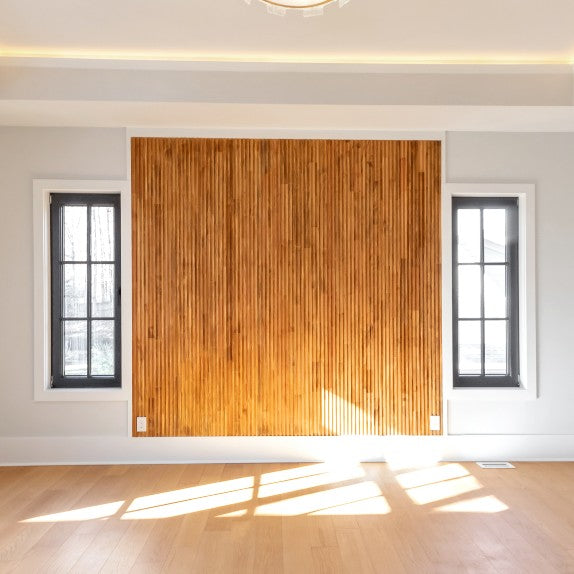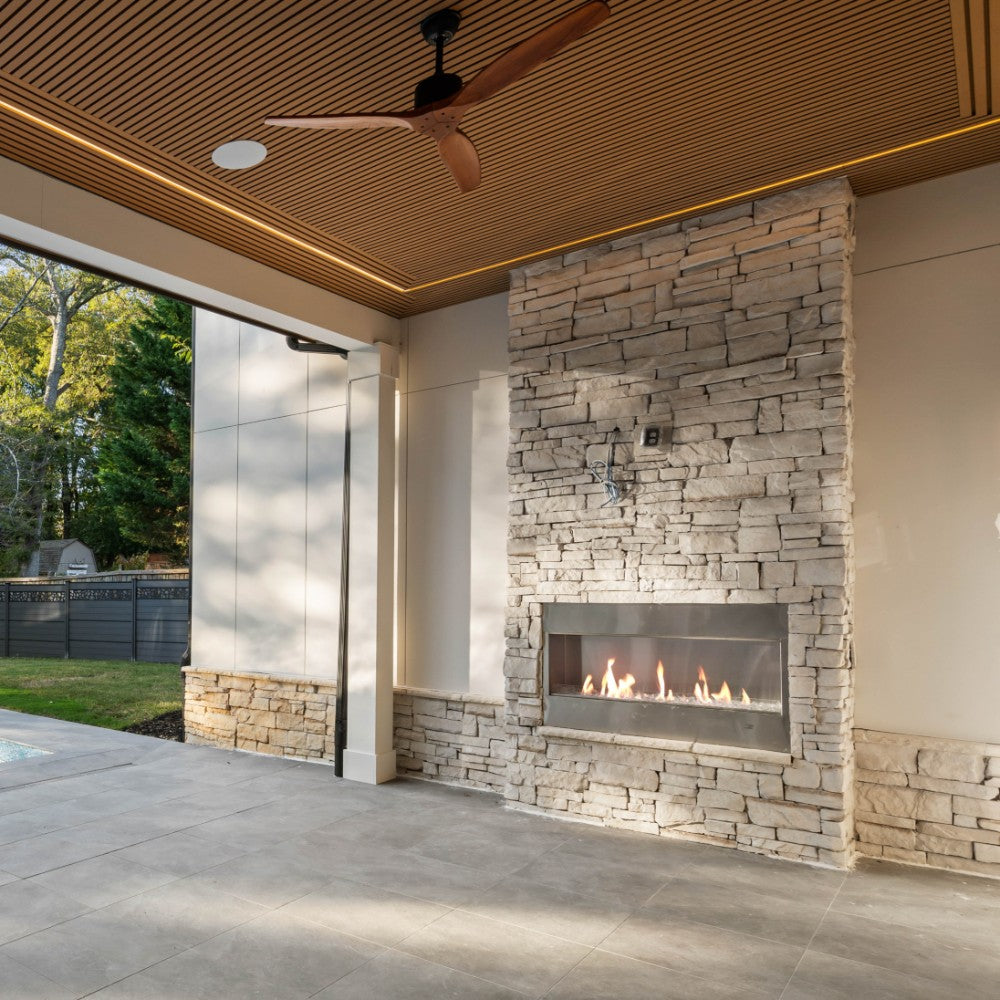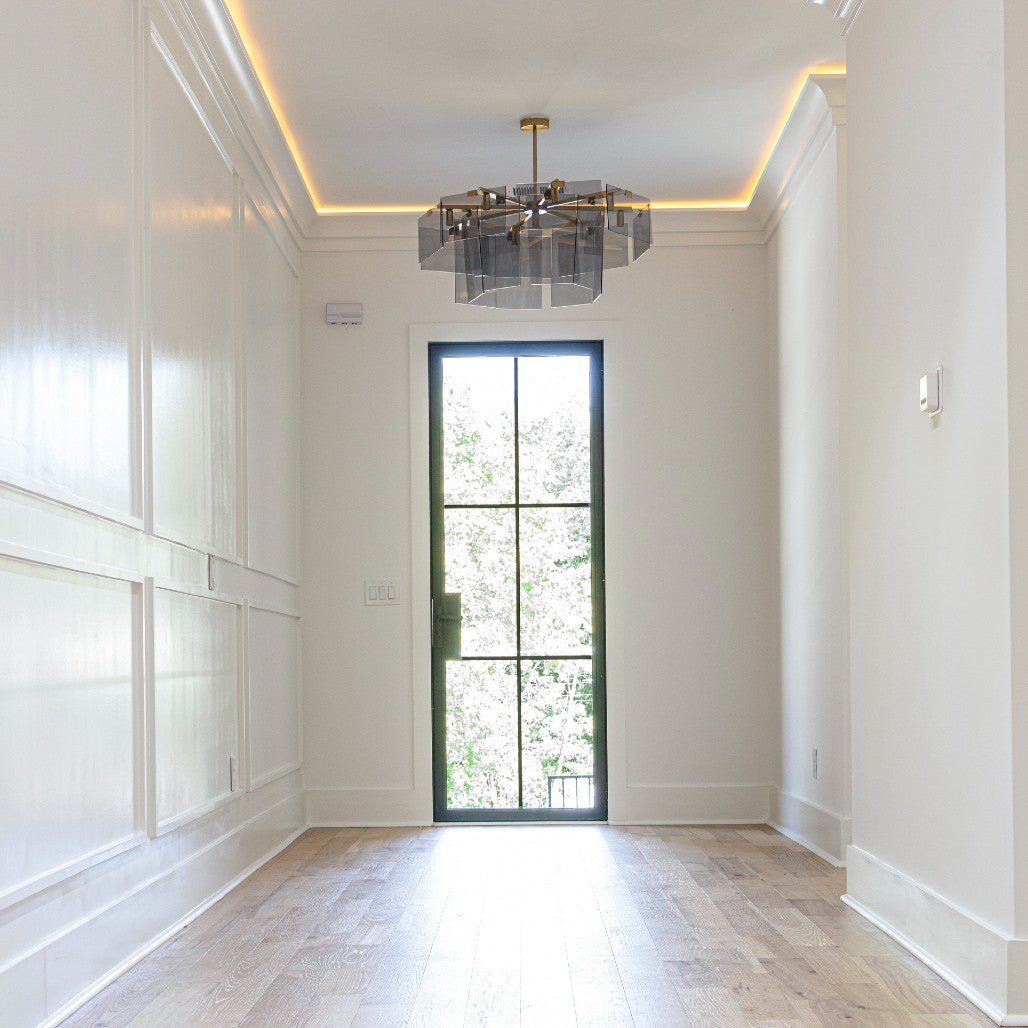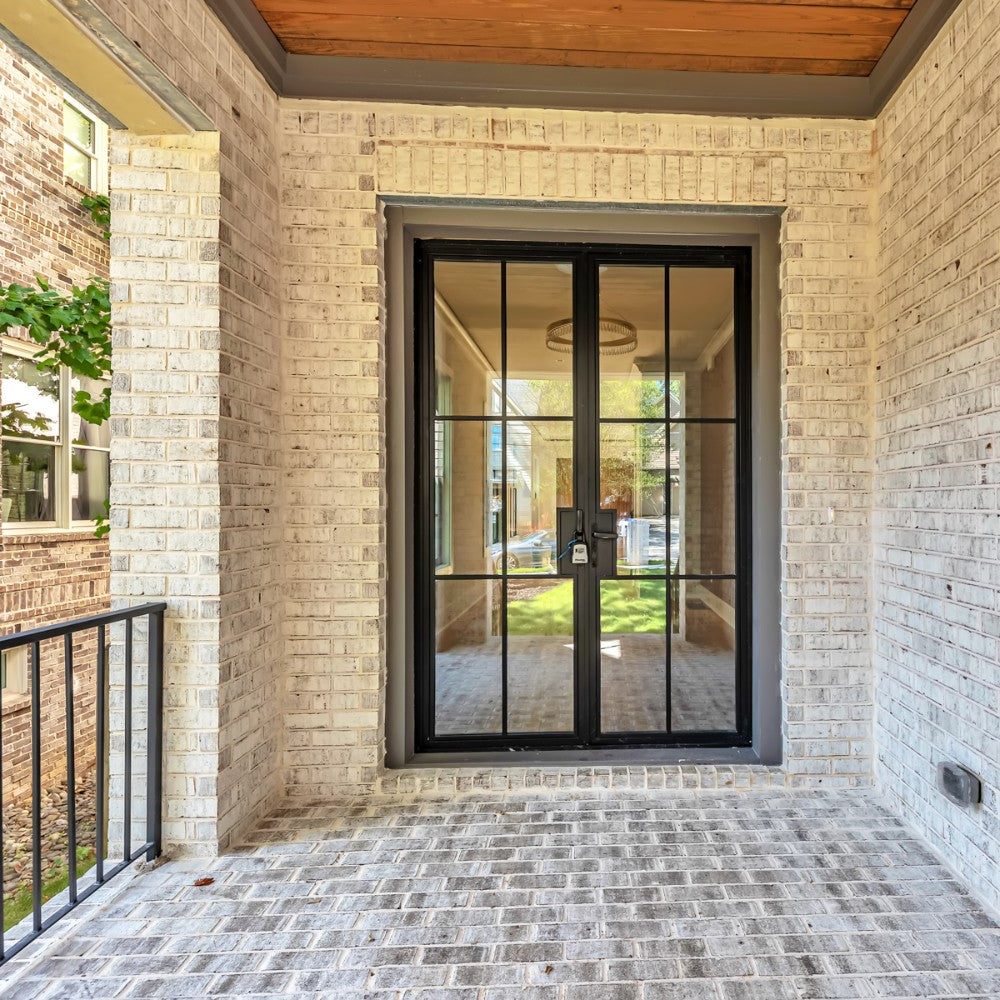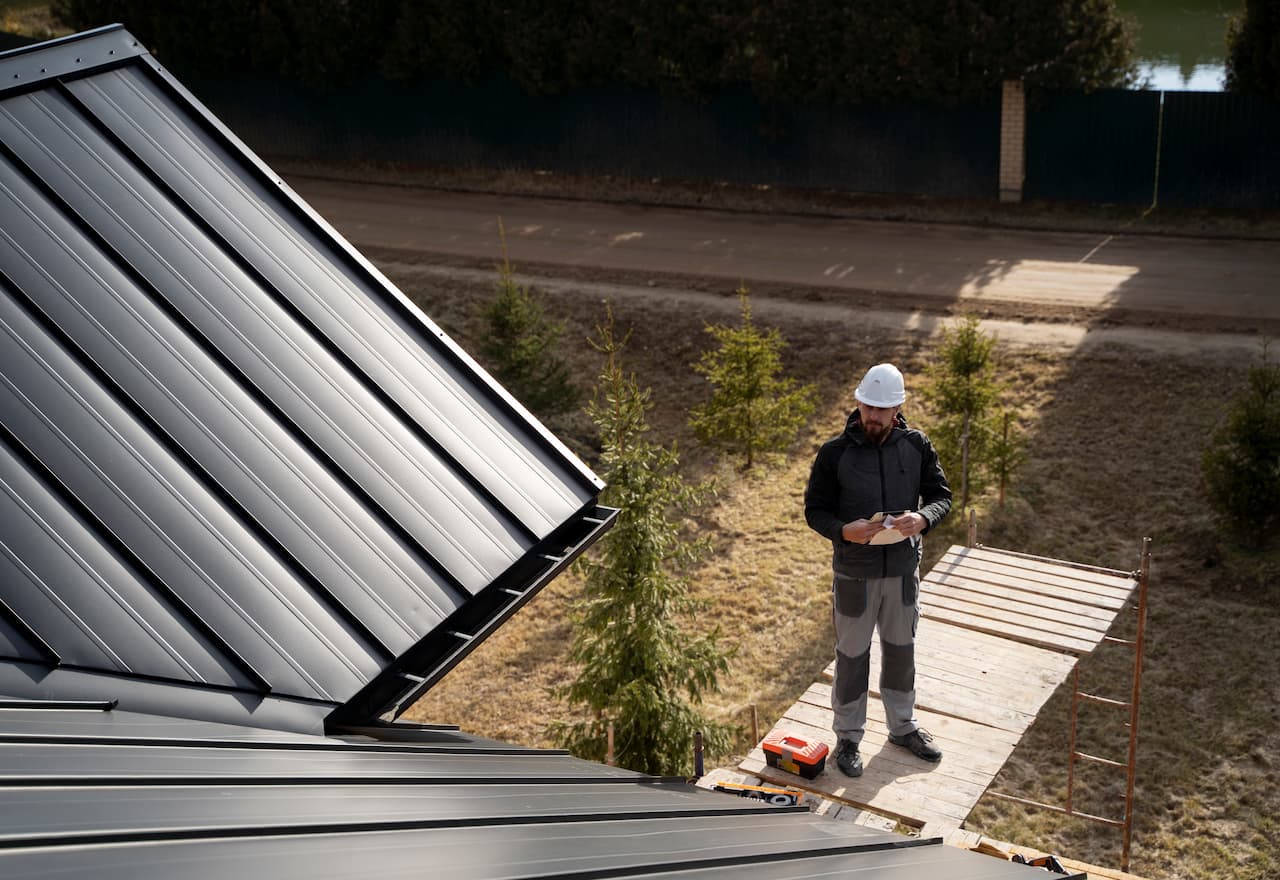
How Climate Affects Your Choice of Building Materials
Building substances ought to do greater than simply assist a structure; they want to resist environmental situations to make certain lengthy-time period sturdiness and performance. Climate plays a critical role in selecting materials for residential, commercial, and industrial construction, as severe temperatures, humidity, wind, and precipitation can all affect a constructing's overall performance.
Choosing the proper materials ensures structural integrity, electricity performance, and fee-effectiveness, stopping issues together with moisture damage, warping, cracking, and insulation screw ups. From desolate tract warmth to coastal humidity, every environment affords precise demanding situations that require cautiously selected materials to maintain toughness and overall performance.
At USA Builder Depot, we assist developers, architects, and developers supply weather-appropriate materials that enhance durability, optimize energy use, and make certain compliance with local constructing codes.
Understanding Climate’s Impact on Building Materials
Climate is a defining component in how properly a structure holds up over the years. Builders should account for temperature fluctuations, humidity tiers, wind publicity, and precipitation whilst selecting substances. The wrong desire can result in quicker deterioration, extended upkeep costs, and decreased energy efficiency.
By taking a proactive approach, developers and contractors can keep away from not unusual weather-related troubles, making sure that homes remain secure and structurally sound for decades. Here are a number of the important thing environmental elements that need to guide cloth selection:
Extreme Heat & Sun Exposure – High temperatures can purpose substances to increase, fade, or degrade over the years. Heat-resistant roofing, UV-covered coatings, and insulated materials save you heat-associated damage. Using substances with excessive solar reflectance also can reduce cooling charges and improve usual electricity efficiency.
Cold & Freezing Temperatures – In regions with harsh winters, materials need to withstand freeze-thaw cycles without cracking. Well-insulated partitions, frost-resistant concrete, and thermal-pane windows are important. Choosing materials with high thermal mass enables preserve heat, decreasing reliance on synthetic heating.
High Humidity & Rainfall – Excess moisture can lead to mold boom, material decay, and structural weakening. Moisture-resistant insulation, handled timber, and vapor obstacles are key answers. Proper ventilation layout is also crucial to stopping condensation problems in humid areas.
Wind & Storm Resistance – Areas vulnerable to hurricanes and tornadoes require wind-resistant roofing, reinforced framing, and effect-resistant domestic windows to save you structural harm. Anchoring structures and advanced fastening strategies assist enhance wind resistance and structural stability.
Coastal & Saltwater Exposure – In beach environments, salt-laden air can corrode metals and deteriorate materials quicker. Corrosion-resistant fasteners, marine-grade timber, and weatherproof coatings help fight these consequences. Using chrome steel or aluminum fixtures can considerably extend the lifespan of exposed systems.
By know-how nearby climate challenges, builders can make knowledgeable choices that prevent high-priced maintenance and improve power performance.
Selecting Materials for Different Climate Zones
Each climate quarter affords precise fabric necessities to make sure structural balance, power performance, and luxury. Below are the satisfactory fabric choices for extraordinary environments:
Hot & Arid Climates (Deserts, Southwestern US)
Challenges: Extreme heat, minimal rainfall, high UV exposure.
Best Materials:
Clay or Concrete Tiles – Reflects warmth and keeps indoor temperatures.
Stucco or Adobe Walls – Naturally insulated and heat-resistant.
Light-Colored Roofing – Reduces heat absorption, reducing cooling fees.
Low-E Glass Windows – Minimizes sun warmth benefit whilst retaining herbal mild.
Cold & Snowy Climates (Northern US, Canada)
Challenges: Heavy blizzard, freezing temperatures, ice accumulation.
Recommended Materials:
Insulated Concrete Forms (ICFs): Offer outstanding thermal insulation, retaining interiors heat and power-green.
Metal or Asphalt Roofing: Designed to shed snow efficiently and prevent ice dam formation.
Triple-Pane Windows: Help maintain heat even as minimizing cold drafts and enhancing typical consolation.
Treated Wood or Composite Siding: Durable against moisture, stopping harm from snow, ice, and freeze-thaw cycles.
Humid & Rainy Climates (Southeastern US, Tropical Regions)
Challenges: High humidity stages, frequent heavy rain, chance of mold, and timber rot.
Recommended Materials:
Fiber Cement Siding: Highly proof against moisture, mould, and mildew, making it ideal for wet climates.
Reinforced Concrete Blocks – Provides advanced typhoon resistance.
Hurricane Straps & Clips – Strengthens the connection between partitions and roofing.
Elevated Foundation Designs – Protects homes from hurricane surges and flooding.
USA Builder Depot: Your Partner in Climate-Resilient Construction
At USA Builder Depot, we offer a complete selection of weather-adaptive substances that make certain sturdiness, fee-performance, and compliance with regional constructing codes. Our services include:
🔹 Heat-Reflective & UV-Resistant Roofing – Reduces cooling fees in high-heat environments.
🔹 Moisture-Resistant Insulation – Prevents mould, condensation, and energy loss.
🔹 Storm-Resistant Framing & Roofing Solutions – Reinforced substances for typhoon-inclined areas.
🔹 Corrosion-Resistant Metals & Fasteners – Ensures durability in coastal environments.
🔹 Sustainable & Low-Carbon Materials – Environmentally friendly picks for cutting-edge construction.
We paintings with contractors, builders, and developers to offer wholesale pricing and expert fabric hints to optimize performance and project success.
The Intersection of Climate and Construction Innovation
As weather exchange hastens, the development enterprise faces an pressing want to adapt to shifting environmental conditions. The demand for climate-resilient homes has sparked innovation in substances technology, main to the improvement of self-recuperation concrete, segment-change insulation, and clever roofing systems that actively reply to temperature fluctuations. These improvements now not most effective beautify durability and overall performance however also promote sustainability and lengthy-time period fee savings.
Consider the case of adaptive roofing substances, which now comprise cool-roof coatings and solar-incorporated panels to manage warmness absorption and strength manufacturing concurrently. Similarly, biodegradable insulation made from materials like mycelium and wool is changing traditional fiberglass, presenting a excessive-overall performance, green alternative that regulates indoor temperatures greater effectively. These material alternatives beautify strength efficiency, lessen waste, and improve occupant consolation—demonstrating how cutting-edge production is evolving along environmental shifts.
In regions liable to severe weather occasions, excessive-overall performance glazing systems and strengthened cladding have end up critical. These innovations no longer most effective boom resistance to wind, particles, and moisture penetration but also make contributions to reduced coverage expenses and advanced constructing lifespan. By integrating climate-adaptive materials into layout and planning, builders can create structures that are not best strong but also future-proofed towards environmental demanding situations.
Smarter Building, Stronger Foundations: The USA Builder Depot Advantage
Selecting the proper construction substances isn't just about aesthetics or fee it’s approximately long-term performance, power efficiency, and safety. Climate concerns immediately impact the toughness and resilience of structures, making informed cloth selection a crucial step in any venture.
At USA Builder Depot, we understand that weather demanding situations require tailor-made solutions. Our national logistics, extensive product range, and professional session services ensure that developers get hold of the excellent materials ideal for his or her particular environmental conditions.
Builders who prioritize weather-smart material picks no longer simply beautify durability and efficiency but additionally reduce long-term upkeep charges and improve typical sustainability. By integrating high-performance, weather-adaptive substances, initiatives benefit from decreased power bills, elevated protection, and greater structural integrity.
Building for the Future: Smarter Choices with USA Builder Depot
Choosing the proper substances for your weather zone is vital for ensuring a construction's toughness, power efficiency, and resilience. By thinking about temperature extremes, humidity stages, and storm risks, builders can create more secure, extra sustainable, and price-effective systems that stand the test of time.
At USA Builder Depot, we're dedicated to providing developers with pinnacle-tier substances at unbeatable charges. Whether you are growing residential communities, industrial spaces, or commercial centers, our specialists are right here to help you pick the pleasant materials in your weather.


